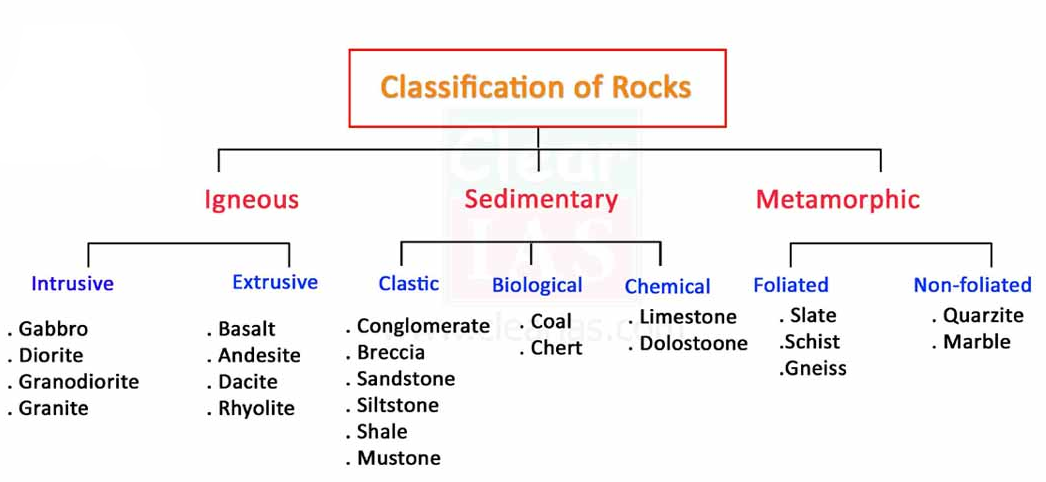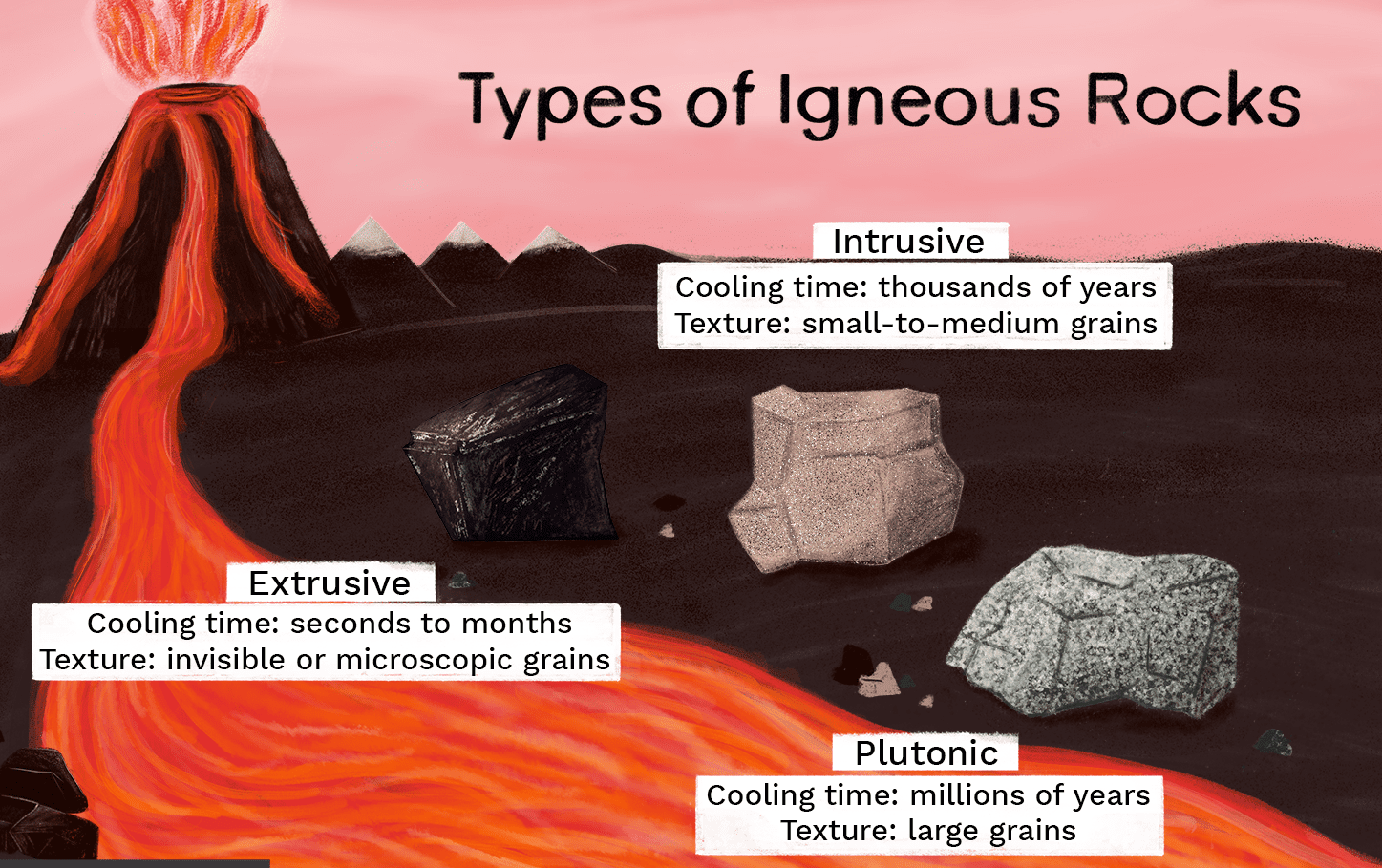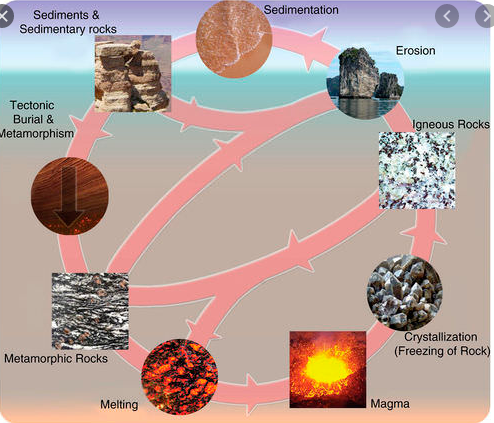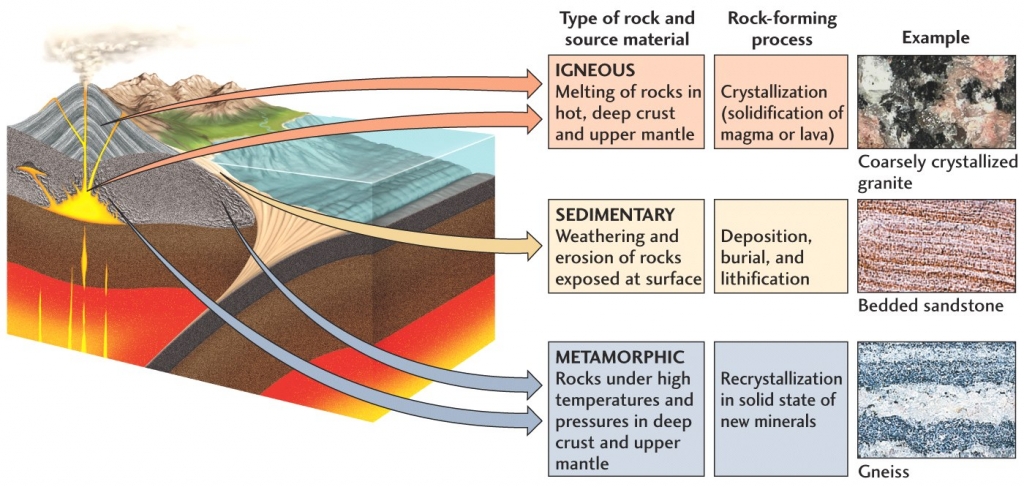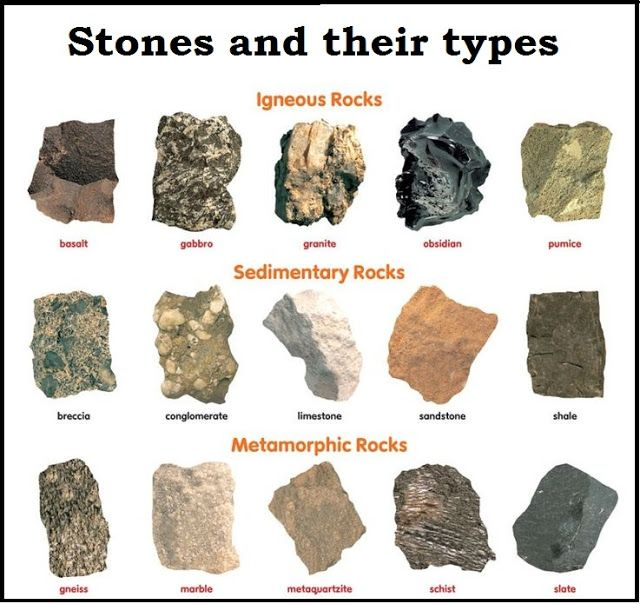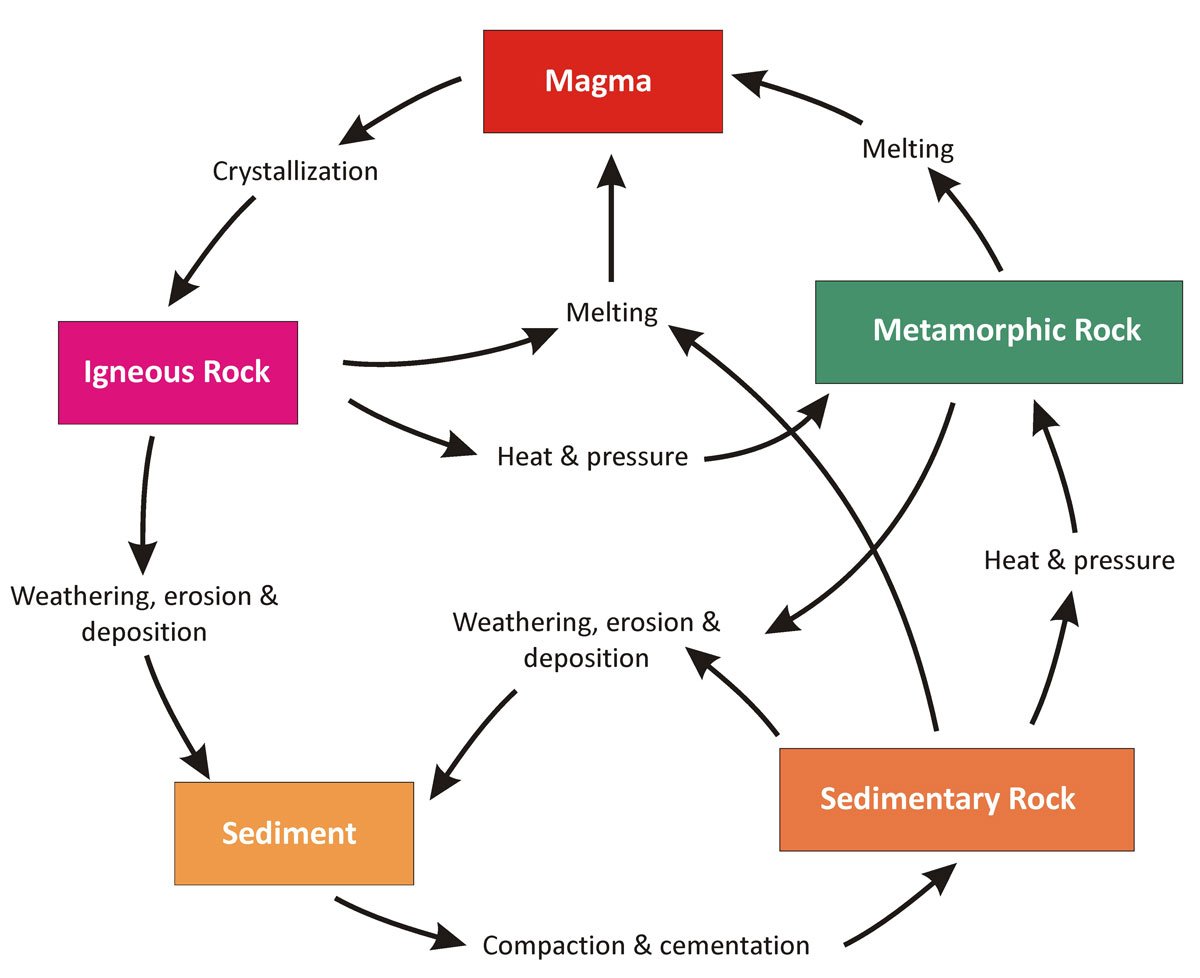The Dec 14th Static Quiz on Geography (The Rock Cycle)
Quiz-summary
0 of 10 questions completed
Questions:
- 1
- 2
- 3
- 4
- 5
- 6
- 7
- 8
- 9
- 10
Information
The Dec 14th Static Quiz on Geography (The Rock Cycle)
You have already completed the quiz before. Hence you can not start it again.
Quiz is loading...
You must sign in or sign up to start the quiz.
You have to finish following quiz, to start this quiz:
Results
0 of 10 questions answered correctly
Your time:
Time has elapsed
You have reached 0 of 0 points, (0)
Categories
- Not categorized 0%
- 1
- 2
- 3
- 4
- 5
- 6
- 7
- 8
- 9
- 10
- Answered
- Review
- Question 1 of 10
1. Question
The Lithification is the process of formation of which type of the following rocks?
CorrectAns;- c) Sedimentary rock
Explanation;-
• The Lithification is the process in which sediments compact under pressure, expel connate fluids, and gradually become solid rock.
• Essentially, lithification is a process of porosity destruction through compaction and cementation.
• The Lithification, complex process whereby freshly deposited loose grains of sediment are converted into rock.
• The Lithification may occur at the time a sediment is deposited or later.
• The Cementation is one of the main processes involved, particularly for sandstones and conglomerates.
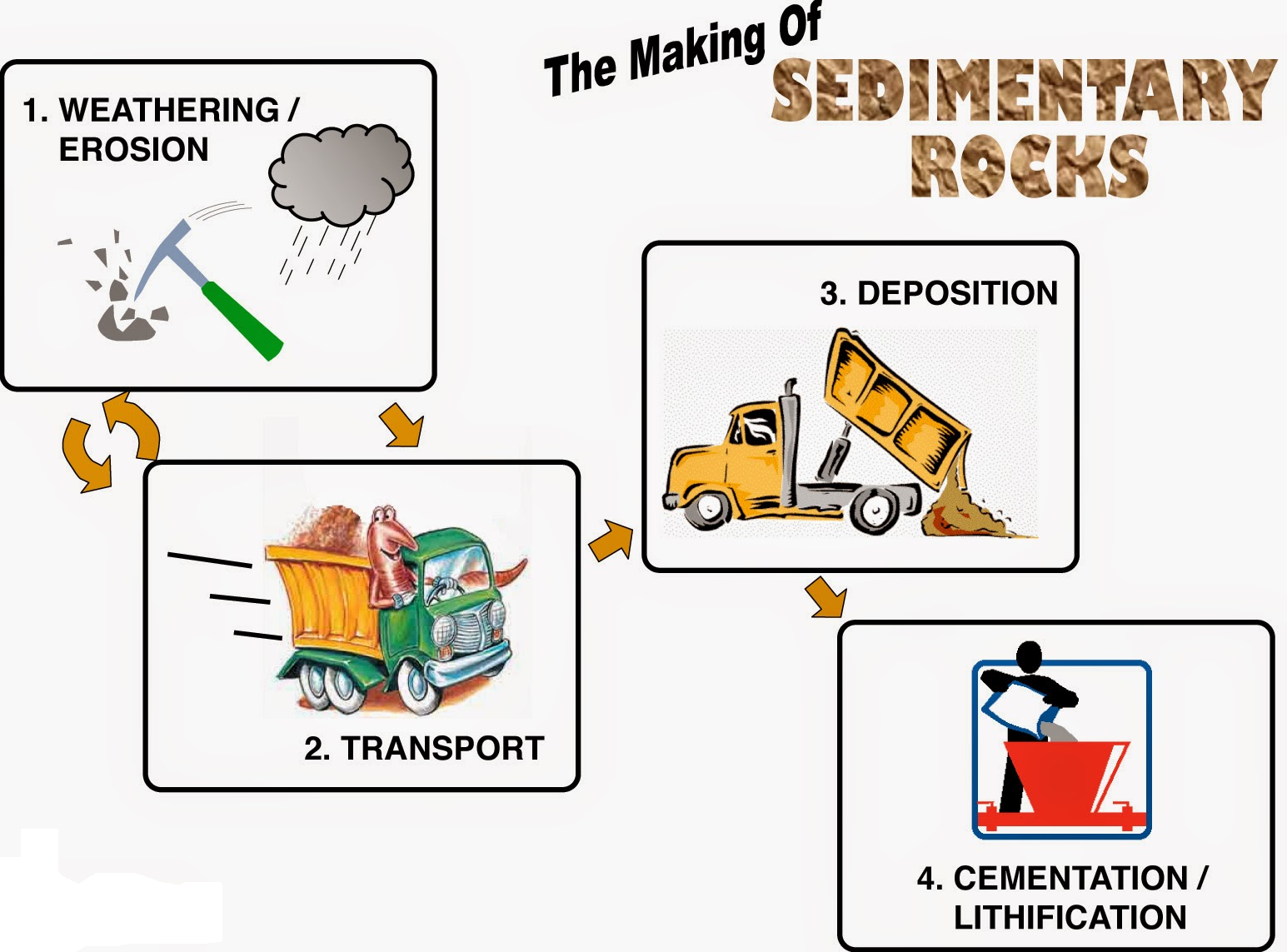 Incorrect
IncorrectAns;- c) Sedimentary rock
Explanation;-
• The Lithification is the process in which sediments compact under pressure, expel connate fluids, and gradually become solid rock.
• Essentially, lithification is a process of porosity destruction through compaction and cementation.
• The Lithification, complex process whereby freshly deposited loose grains of sediment are converted into rock.
• The Lithification may occur at the time a sediment is deposited or later.
• The Cementation is one of the main processes involved, particularly for sandstones and conglomerates.

- Question 2 of 10
2. Question
Which of the following is/are properties of quartz?
1.It consists of silica
2.Insoluble in water.
3.used in radio and radar
Choose correct statements from the following codesCorrectAns;- d) All of the above
Explanation:-
• It is one of the most important components of sand and granite, it consists of silica.
• It is a hard mineral virtually insoluble in water. It is white or colorless and used in radio and radar.
• It is one of the most important components of granite. Incorrect
IncorrectAns;- d) All of the above
Explanation:-
• It is one of the most important components of sand and granite, it consists of silica.
• It is a hard mineral virtually insoluble in water. It is white or colorless and used in radio and radar.
• It is one of the most important components of granite.
- Question 3 of 10
3. Question
Which of these is a metamorphic rock?
CorrectAns; -c) Gneiss
Explanation;-
• The Metamorphic rocks arise from the transformation of existing rock types, in a process called metamorphism, which means “change in form”.
• The original rock is subjected to heat and pressure, causing profound physical or chemical change.
• The protolith may be a sedimentary, igneous, or existing metamorphic rock.
 Incorrect
IncorrectAns; -c) Gneiss
Explanation;-
• The Metamorphic rocks arise from the transformation of existing rock types, in a process called metamorphism, which means “change in form”.
• The original rock is subjected to heat and pressure, causing profound physical or chemical change.
• The protolith may be a sedimentary, igneous, or existing metamorphic rock.

- Question 4 of 10
4. Question
Which of the following is/are correct about igneous rocks?
1.The Igneous rocks are classified based on texture.
2.The few examples of igneous rocks are Granite, quartzite and basalt.
3.The Igneous rocks are formed by Intermediate conditions of cooling of molten magma.
Choose correct statements from the following codesCorrectAns;- b) Only 1 and 3
Explanation:-
• 2nd statement is incorrect because quartzite is not igneous rock it is metamorphic.
• If molten material is cooled slowly at great depths, mineral grains may be very large.
• The Sudden cooling (at the surface) results in small and smooth grains.
• The Intermediate conditions of cooling would result in intermediate sizes of grains making up igneous rocks. Quartzite is metamorphic rock. Incorrect
IncorrectAns;- b) Only 1 and 3
Explanation:-
• 2nd statement is incorrect because quartzite is not igneous rock it is metamorphic.
• If molten material is cooled slowly at great depths, mineral grains may be very large.
• The Sudden cooling (at the surface) results in small and smooth grains.
• The Intermediate conditions of cooling would result in intermediate sizes of grains making up igneous rocks. Quartzite is metamorphic rock.
- Question 5 of 10
5. Question
In order for a sedimentary rock (made of particles) to form, what must occur?
CorrectAns; -a) crystallization
Explanation;-
• The dissolved minerals in the ground water precipitate (crystallize) from water in the pore spaces forming mineral crusts on the sedimentary grains, gradually cementing the sediments, thus forming a rock.
• The Calcite (calcium carbonate), silica, and hematite (red iron oxide) are the most common cementing agents.
 Incorrect
IncorrectAns; -a) crystallization
Explanation;-
• The dissolved minerals in the ground water precipitate (crystallize) from water in the pore spaces forming mineral crusts on the sedimentary grains, gradually cementing the sediments, thus forming a rock.
• The Calcite (calcium carbonate), silica, and hematite (red iron oxide) are the most common cementing agents.

- Question 6 of 10
6. Question
Consider the following statements regarding sedimentary rocks
1.In many sedimentary rocks, the layers of deposits retain their characteristics even after lithification.
2. Lithification is the process by which deposits through compaction turn into rocks.
Choose correct statements from the following codesCorrectAns;- c) Both 1 and 2
Explanation;-
• In many sedimentary rocks, the layers of deposits retain their characteristics even after lithification.
• Hence, we see a number of layers of varying thickness in sedimentary rocks like sandstone, shale etc. Incorrect
IncorrectAns;- c) Both 1 and 2
Explanation;-
• In many sedimentary rocks, the layers of deposits retain their characteristics even after lithification.
• Hence, we see a number of layers of varying thickness in sedimentary rocks like sandstone, shale etc.
- Question 7 of 10
7. Question
Which of the following is the most common type of chemical sedimentary rock.
CorrectAns;- a) Limestone
Explanation;-
• The most common chemical sedimentary rock, by far, is limestone.
• Others include chert, banded iron formation, and a variety of rocks that form when bodies of water evaporate.
• The Biological processes are important in the formation of some chemical sedimentary rocks, especially limestone and chert.
 Incorrect
IncorrectAns;- a) Limestone
Explanation;-
• The most common chemical sedimentary rock, by far, is limestone.
• Others include chert, banded iron formation, and a variety of rocks that form when bodies of water evaporate.
• The Biological processes are important in the formation of some chemical sedimentary rocks, especially limestone and chert.

- Question 8 of 10
8. Question
With reference to metamorphism, which of the following is/are correct?
1. Metamorphism occurs when rocks are forced down to lower levels by tectonic processes
2. When molten magma rising through the crust comes in contact with the crustal rocks
3. When the underlying rocks are subjected to great amounts of pressure by overlying rocks.
Choose correct statements from the following codesCorrectAns;- d) All of the above
Explanation;-
• The Metamorphism is a process by which already consolidated rocks undergo recrystallisation and reorganization of materials within original rocks. Incorrect
IncorrectAns;- d) All of the above
Explanation;-
• The Metamorphism is a process by which already consolidated rocks undergo recrystallisation and reorganization of materials within original rocks.
- Question 9 of 10
9. Question
What major change occurs during metamorphism of limestone to marble?
CorrectAns;- a) Calcite grains recrystallize to larger and interlocked grains
Explanation;-
• The Marble is a metamorphic rock formed by the alteration of limestone by heat and pressure.
• The calcite in the limestone changes and fossils and layering in the original limestone disappear as interlocking grains grow.
• If the limestone is pure, a white marble is formed.
 Incorrect
IncorrectAns;- a) Calcite grains recrystallize to larger and interlocked grains
Explanation;-
• The Marble is a metamorphic rock formed by the alteration of limestone by heat and pressure.
• The calcite in the limestone changes and fossils and layering in the original limestone disappear as interlocking grains grow.
• If the limestone is pure, a white marble is formed.

- Question 10 of 10
10. Question
Consider the following statements and identify incorrect statements
CorrectAns;- b) The Metamorphic rocks are not stratified.
Explanation:-
• The Sometimes minerals or materials of different groups are arranged into alternating thin to thick layers appearing in light and dark shades.
• Such a structure in metamorphic rocks is called banding and rocks displaying banding are called banded rocks.
THE END.IncorrectAns;- b) The Metamorphic rocks are not stratified.
Explanation:-
• The Sometimes minerals or materials of different groups are arranged into alternating thin to thick layers appearing in light and dark shades.
• Such a structure in metamorphic rocks is called banding and rocks displaying banding are called banded rocks.
THE END.

